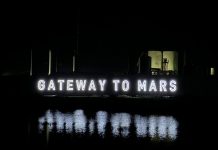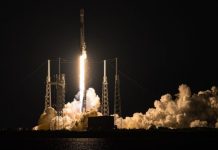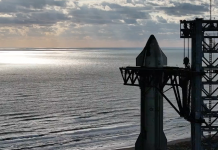The SpaceX Starship prototype landed successfully for the first time during testing. But then it exploded
During the next high-altitude tests, SpaceX was able to successfully land a prototype of the Starship spacecraft for the first time, which was a big step in the development of a super-heavy launch vehicle designed to launch cargo and people on missions to the Moon and Mars.





